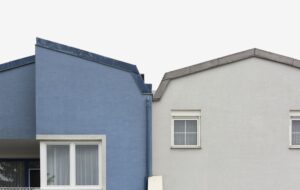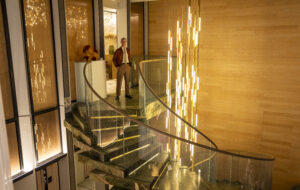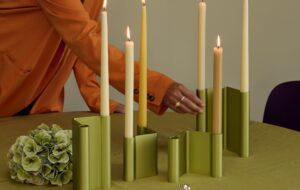|
|
||
|
At cinema’s inception, as audiences gasped and ducked at the flickering spectacle of a train rushing at them, film was regarded as a dark art. Nearly 120 years on, we may know more of its tricks, but the illusion has only become more elaborate, tempting the retina to forget and get lost in artifice. When the conjuror-turned-filmmaker Georges Méliès wanted to whisk his Victorian explorers to the moon, he relied on in-camera wizardry. Miniature models and intricately painted backdrops later helped create the fantastical worlds of Fritz Lang’s Metropolis and the Emerald City in The Wizard of Oz. But what would we see now if the illusion slipped mid-blockbuster? Not the sodium-lit sprawl of Gotham City, but a lurid green wall. The basic concept has been in use since 1916 when cameraman Frank Williams separated a shot into its foreground and background elements, shooting actors against a black screen, reducing each frame to a monochrome silhouette (or matte) which would then be subtracted from a separately filmed background image. When the layers were exposed on top of each other, the foreground element filled the hole in the background and the “travelling matte” was born, enabling perilous mountain-edge dramatics and scenic car rides galore. Combining images filmed at different times and locations proved trickier with the Technicolor of the 1940s and 50s. Larry Butler’s discovery of the blue screen produced a flying carpet and a giant genie for the 1940 epic The Thief of Baghdad, but it also added a surreal blue halo around actors’ heads; it couldn’t cope with soft edges like hair. Over the next two decades, various alternative techniques (rear projection, front projection, rotoscoping, even the alchemical-sounding sodium vapour process) proffered their claims to verisimilitude. But it was engineer Petro Vlahos who refined the “colour difference system”, which allowed even a blue-costumed Christopher Reeve to fly in Superman (1978), and which is the basis behind the technology that operates today. Green has usurped blue as the colour of choice because it requires less illumination (making it cheaper), and because digital cameras are most sensitive to green (which makes the production of mattes much easier). The screen itself is simply constructed by stretching fabric over a frame (the two Matrix sequels used over three square miles of this expensive, intricately calibrated fabric). In the effects studio, software identifies the exact shade of green and banishes any trace of the performers’ luminous lime surroundings. Each frame is then gradually built, layering elements (anything from clouds to crowds to computer-rendered monsters) on top of the background vista. And so complex is the process that digital composites now contain hundreds of layers compared with their optical, analogue ancestors which comprised around six. This year, cinema lost two special-effects giants, who each pioneered very different types of fantasy: Vlahos, whose endless composite experiments (which resulted in more than 35 patents) now allow entire movies to be shot against a green screen; and stop-motion effects master Ray Harryhausen. While Harryhausen’s hand-crafted dinosaurs and aliens occasionally took advantage of blue screen technology, he always questioned Hollywood’s desire for more perfect, seamless effects. The green screen is, of course, just one trick in cinema’s repertoire, dependent on the imagination of whoever employs it. But it’s hard not to feel that Hollywood’s reliance on it has squeezed some of the mystery, charm – and magic – out of the movies. |
Image Walt Disney Pictures/The Kobal Collection
Words Isabel Stevens |
|
|
||

















